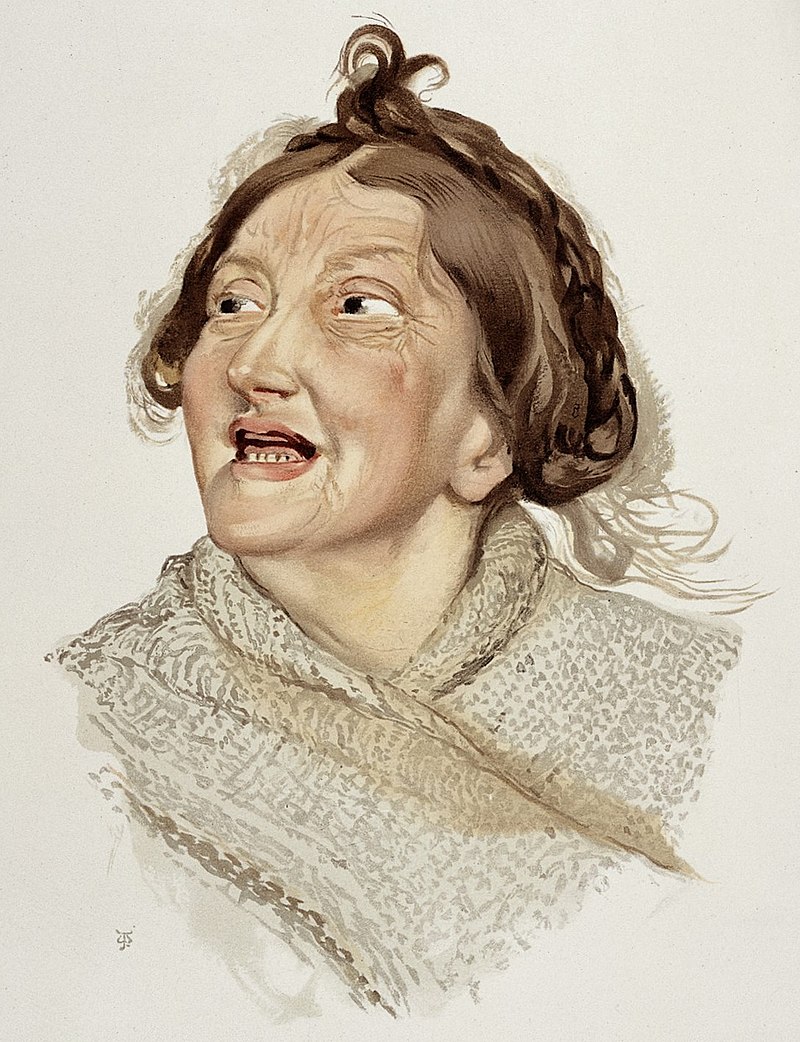Schizophrenia is a mental disorder characterized by impairments in perceiving reality, accompanied by significant changes in behavior. The term “schizo” means split, and “phrenia” means mind in Greek, but it is important to clarify that schizophrenia is not the same as split personality, which is a separate condition. Schizophrenia affects how people think, feel, and behave, and its symptoms are divided into three main types: psychotic or positive symptoms, negative symptoms, and cognitive symptoms.

Psychotic or Positive Symptoms
Positive symptoms include:
- Hallucinations: Sensing things that are not there, with auditory hallucinations being particularly common, affecting about 80% of patients at some point.
- Delusions: Fixed beliefs that something is true despite evidence to the contrary. Common delusions in schizophrenia include paranoid delusions (e.g., believing the FBI is following them), delusions of reference (e.g., believing a newsreader on TV is talking directly to them), delusions of control (e.g., believing someone else is controlling their thoughts), delusions of grandeur (e.g., believing they are a figure of great importance), and delusions of erotomania (e.g., believing a person of higher status is in love with them).
- Disorganized Speech or Thinking: This can manifest as jumping from topic to topic or producing speech that makes no sense (termed “word salad”).
- Abnormal and Disorganized Behavior: This includes inappropriate behavior for events or climate, repetitive movements, and other disorganized actions.
Negative Symptoms
Negative symptoms represent deficits in normal emotions or thoughts and are categorized into the five A’s:
- Blunted Affect: Showing little emotion or expression.
- Alogia: Lack of content in speech.
- Anhedonia: Inability to feel pleasure.
- Asociality: Lack of desire to interact or form social relationships.
- Avolition: Lack of motivation.
Cognitive Symptoms
Cognitive symptoms are critical predictors of day-to-day functioning and typically appear early in the disorder. These symptoms include:
- Low attention levels
- Poor decision-making abilities
- Problems with problem-solving
Diagnosis and Phases
The onset of symptoms typically follows a prodromal phase characterized by a gradual development of cognitive and negative symptoms, followed by the first episode of psychosis. After this, patients often return to a baseline or residual phase before experiencing another gradual worsening. The time between the onset of the first episode of psychosis and treatment is known as the duration of untreated psychosis, which influences the overall functional outcome.
According to the DSM-5, for a diagnosis of schizophrenia, at least two diagnostic symptoms must be present, including:
- Delusions
- Hallucinations
- Disorganized speech
- Disorganized or catatonic behavior
- Negative symptoms
One of these two symptoms must be delusions, hallucinations, or disorganized speech. These symptoms must be actively present for most of the time for one month, with a significant impact on functioning for at least six months. Substance abuse or other medical conditions must be ruled out, and schizoaffective, bipolar, or depressive disorder with psychotic features must also be excluded.
Causes
The exact cause of schizophrenia is not clear but is believed to be multifactorial, involving neurochemical abnormalities (particularly imbalances in dopamine and glutamate) and genetics. There is a 46% concordance rate in monozygotic twins and a 40% chance of developing schizophrenia if both parents are affected.
Environmental factors associated with increased risk include:
- Low birth weight
- Gestational diabetes
- Preeclampsia
- Emergency cesarean section delivery
- Winter birth (10% higher risk)
- Living in urban areas (2-4% higher risk)
- Cannabis use (40% higher risk)
Prevalence and Demographics
Schizophrenia has a lifetime prevalence of around 1% and is more common among African Americans. The typical age of onset is in the mid-20s, with a slightly earlier peak in males than in females. It is also slightly more common in males than females.
Treatment
Early treatment following the onset of psychosis is associated with better outcomes. Antipsychotic medications are a mainstay of treatment, effective in acute settings, and useful in preventing relapses. Maintenance treatment can be through long-acting injections or tablets, such as risperidone and olanzapine. If the initial agent is not effective, another is tried, and the response is assessed. Antipsychotics can have significant side effects, and some, like clozapine, require regular monitoring.
Psychotherapies, particularly cognitive behavioral therapy (CBT), are used to address negative symptoms and improve overall functioning when combined with medication. Treatment-resistant schizophrenia, defined as no response to at least two antipsychotics over at least 12 weeks, may be treated with clozapine.